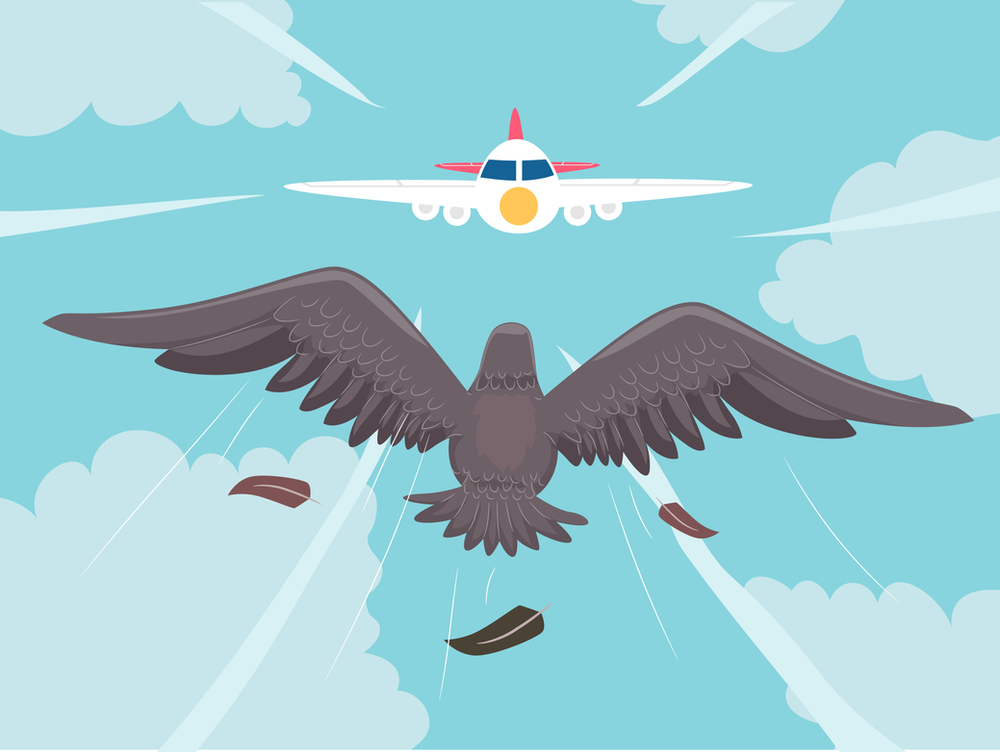The whole point of the FAA medical certification process is to ensure that pilots do not become incapacitated while flying. MedXpress questions 18b about “dizziness or fainting spells”, 18c about “unconsciousness for any reason” and 18l about “neurological disorders” all bear directly on the matter while many other FAA medical disposition decisions hinge on the effects that various conditions and medications have on alertness and cognitive function.
It is hard to argue that FAA policies regarding loss of consciousness among pilots fail the reasonable man test. I think it is safe to say that your average airline passenger or family friend would be less than thrilled at the prospect of flying with a pilot prone to “fainting spells” or “seizures.”
Pilots need to meet a high bar to earn a medical certificate after losing consciousness and rightfully so. But that is not to say that every aspiring or qualified pilot who has fainted at the sight of blood should give up on flying. One of my most memorable experiences as an AME involves a CFI who got knocked unconscious by a bird that came through the windscreen of a Cessna 172. Fortunately, his student was proficient and cool-headed enough to land the airplane safely and call for an ambulance. The CFI grounded himself immediately and made a full recovery over a short period of time. After sufficient observation, appropriate medical evaluation, and a fair amount of discussion with the FAA, he was able to resume flying with an unrestricted medical certificate in less than a year.
He was lucky in a variety of ways, other than getting hit in the head by a bird. One of them is that he “only” suffered a concussion. Had his head injury resulted in bleeding inside the skull, the FAA likely would have required a much longer waiting period.
Regardless of what causes a loss of consciousness, there are two key questions you need to address before the FAA will grant you a medical clearance: why did it happen and how likely is it to happen again?
Those questions can be surprisingly hard to answer. Fainting, vasovagal syncope and seizures share a remarkable number of common features. They both cause a brief loss of consciousness in otherwise healthy-appearing people; they can both involve sensory illusions preceding the event; and they can both involve involuntary muscle contractions that casual bystanders, or even trained medical personnel, may have difficulty distinguishing. Even the most thorough medical testing often fails to differentiate between the two. Despite those similarities, the consequences they can have on a flying career cannot be more different.
Syncope, which tends to be precipitated by transient events or conditions like getting your blood drawn, severe pain, illness or dehydration, often occurs in a predictable and avoidable way. If the underlying cause can be identified and treated, or at least avoided during flight, the chances that it will limit flying privileges are relatively small. If you are otherwise healthy there is a good chance you can return to flying with only minimal delay provided that your evaluation is well coordinated with the FAA.
Seizures are another story. With the exception of febrile seizures that occur before age of five, any history of seizure will be examined closely by the FAA. While some seizures can result from temporary conditions it is relatively rare for otherwise healthy adults to develop epilepsy [1]. If you have one seizure you are more likely than the average person to have another one. As time passes without additional episodes, the risk of having another seizure declines significantly [2]. The FAA takes all that into account, but depending on the situation pilots often wait up to four years to be considered for medical certification. If you have more than one seizure as an adult, your chances of getting a medical certificate are slim.
Whether or not one of these examples applies to you, your approach to pursuing FAA medical certification after a loss of consciousness should be the same. Most importantly, DO NOT show up to your AME appointment unprepared. According to 14 CFR part 67, disturbance or loss of consciousness is considered disqualifying only “without satisfactory medical explanation of the cause.” Keep in mind that if your satisfactory explanation is that you have a medical condition that is itself disqualifying, you are still out of luck. That said, it is up to you to provide a satisfactory explanation.
If you can provide the FAA with a thorough medical evaluation that establishes a definite reason for your loss of consciousness and a low likelihood of recurrence, your chances of returning to the cockpit are good. In general, if your doctor suspects you had syncope, you should consult with a cardiologist and complete the FAA’s coronary heart disease protocol, and echocardiogram and wear a heart monitor to look for abnormal heartbeat patterns. If your doctor thinks you had a seizure, you should consult with a neurologist and complete the FAA’s neurological specification sheet.
In reality, the medical evaluation you need may be much more nuanced and complex. Unless your situation is very straightforward, you would be well advised to consult with your primary care physician, a good AME, or someone, like us, who is familiar with FAA medical certification standards and procedures.
Safety may demand that you stay grounded for a significant amount of time. An incomplete or incorrect submission to the FAA can make that time even longer. Make sure you understand the requirements and complete them all before your visit to an AME. If you’re safe to fly, you should be in the air, not correcting administrative mistakes.
References:
[1] W. A. Hauser, J. F. Annegers, and L. T. Kurland, “Incidence of epilepsy and unprovoked seizures in Rochester, Minnesota: 1935-1984,” Epilepsia, vol. 34, no. 3, pp. 453–468, Jun. 1993, doi: 10.1111/j.1528-1157.1993.tb02586.x.
[2] A. T. Berg, “Risk of recurrence after a first unprovoked seizure,” Epilepsia, vol. 49 Suppl 1, pp. 13–18, 2008, doi: 10.1111/j.1528-1167.2008.01444.x.
Also see: Expectations for the FAA Physical Exam





